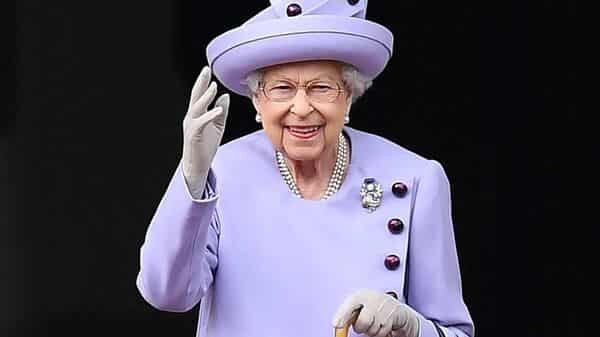Sovereign Elizabeth II, England’s longest-serving ruler, whose extensively well known seven-decade
reign endure structural changes in her nation’s post-royal society and endured progressive
difficulties presented by the heartfelt decisions, slips up and quandaries of her relatives, passed on
Thursday at Balmoral Palace in Scotland, her late spring retreat. She was 96. The illustrious family
reported her passing internet, saying she had “kicked the bucket calmly.” The declaration didn’t
indicate a reason. Her demise raised her oldest child, Charles, to the lofty position, as Ruler Charles
III. In an explanation, he said: The passing of my dearest Mother, Her Highness the Sovereign, is a
snapshot of the best bitterness for myself and all individuals from my loved ones. “We suffer
significantly the death of a valued Sovereign and a much-cherished Mother. I understand her
misfortune will be profoundly felt all through the country, the Domains and the District, and by
endless individuals all over the world.” Prior Thursday, Buckingham Royal residence said that the
sovereign had been put under clinical watch and that her PCPs were “worried” about her wellbeing.
She had stayed at Balmoral for a significant part of the late spring. On Wednesday night, she
unexpectedly dropped a virtual gathering with individuals from her Privy Chamber after her primary
care physicians encouraged her to rest. On Tuesday, she met with the approaching Moderate state
leader, Liz Bracket — the fifteenth state leader the sovereign managed during her reign — however
in doing as such, due to sickness, she broke with longstanding practice by accepting her at Balmoral
as opposed to at Buckingham Royal residence. Elizabeth’s long years as sovereign were a period of
colossal commotion, where she tried to project and safeguard the regal family as an uncommon
stronghold of lastingness in a universe of moving qualities.
At her crowning liturgy on June 2, 1953, a year after she consented to the high position, she overviewed a domain rising up out of a realm of such geological arrive at that it was said the sun never set on it. However, by the new hundred years, as she explored her propelling a long time with expanding fragility, the wildernesses had contracted back. As England arranged to leave the European Association in 2020, a racket for freedom in Scotland was revived, possibly taking steps to limit her points of view at this point further. Her crowning celebration was the primary imperial occasion of being communicated practically in full on television kind. However, it was a badge of the progressions — and worldwide interest — that went with her experience as sovereign that her rule turned into the subject of a Hollywood film and a blockbuster series on Netflix, while her family's struggles offered voluminous grist to the bustling factory of virtual entertainment. Similarly as telling in the narratives of her standard, Britons' unquestioning concession to the crown had been displaced by an array of feelings going from faithful and frequently friendly resilience to unrestrained aggression. The government was constrained, like never before, to legitimize its presence notwithstanding frequently wary public consideration and investigation. Elizabeth, however, remained decidedly dedicated to the trademark detachedness, custom and pomp by which the government has long looked to save the persona that supported its presence and endurance. Her dignified and held way changed pretty much nothing. As the Covid pandemic of 2020 spread to England, constraining individuals to suspend their ordinary lives and social ways, the sovereign left Buckingham Royal residence, in focal London, for Windsor Palace, west of the capital, a move that reviewed the many years she had spent motivating certifiable warmth among numerous Britons. It was to Windsor that she and her more youthful sister, Margaret, were shipped off get away from the danger of German bombarding after the flare-up of The Second Great War in 1939. It was from Windsor that she made her most memorable radio station as a princess in 1940, age 14, apparently coordinated at English kids who had been emptied to North America, as per her biographer Ben Pimlott, yet additionally planned to influence official reasoning in Washington, which had not yet entered the conflict.

image credit to: https://www.livemint.com